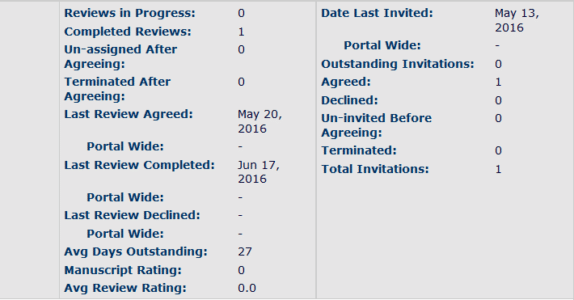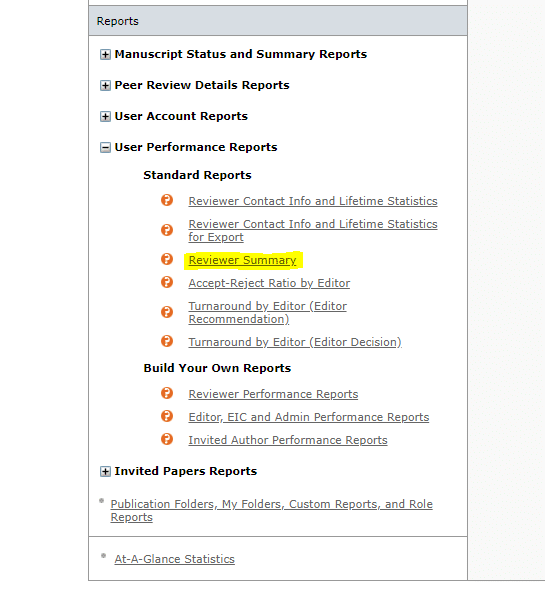Managing reviewer lists in submission systems
Make the most of your reviewer list: keep it up to date
Editors would agree that a tough part of peer review is finding reviewers willing and able to assess a paper in a few weeks. But it’s a vital part of running a journal. It helps to improve the speed and quality of the peer review process.
That’s why it’s crucial to regularly appraise your reviewer list to stop your reviewer pool from becoming out of date.
Do you have reviewers on your list who’ve been there for years and never reviewed a paper? Is there any benefit to keeping them in the pool?
When you look at ways to improve your journal, one of your aims should be to enhance the review process.
There are tools to help you
Christine Dymek is a Senior Managing Editor at journal management consultancy, Kaufman Wills Fusting & Company. In her book Academic Journal Management Best Practices: Tales from the Trenches, she says:
“It’s very important to make sure that the reviewer pool you have is accurate and up to date. And that you only have people in it who actually want to review.”
More editors are using journal metrics to help them do this. Both Editorial Manager and ScholarOne Manuscripts have useful tools to help you make the most of your review list.
Let’s take a look at both in more detail.
Make the most of your reviewer list in Editorial Manager
When you search for reviewers on Editorial Manager, the system gives you the reviewer history.

This is one way to access a reviewer’s performance. But it’s also useful to examine your reviewer pool as a whole. By doing this, you can maximize its potential.
In the Reports section of the site under Summary and Annual Reports, there’s the Reviewer Performance Report.

The Reviewer Performance Report lets you look at your whole reviewer list. You can see the reviewers that return good reviews quickly.
The report also tells you:
- whether or not the reviewer is a board member
- the number of papers they’ve been invited to review
- how many requests the reviewer has accepted or declined
- the amount of time the reviewer has taken to respond to the invitation or complete the review
You can download this report as an Excel file.
Make the most of your reviewer list in ScholarOne Manuscripts
When you search for a reviewer in ScholarOne Manuscripts, you’ll see a brief overview of their performance history.


There’s the option to run a report for the whole time the journal has been on the ScholarOne Manuscripts system. Or you could filter this to a set timeframe or view the most recently completed reviews.
This gives you information on the reviewer’s history and their name and email address.

There’s also the Reviewer Contact Info and Lifetime Statistics for Export.
You can download all of these reports in Excel. You can then print them out to review them in more detail.
The benefits of regularly assessing reviewers
By regularly assessing your reviewers, you enrich your journal’s peer review process. Your list should therefore start to contain a higher proportion of willing, reliable and able reviewers. As a result, you’ll start to generate better quality reviews and reduce your review times.
Regular analysis of your reviewer list allows you to see your top reviewers. You can then choose to reward them at the end of the year.
Tools to find new reviewers
Run the Performance Report once or twice a year to see who your best reviewers are. You can then start to weed out the reviewers that never reply or don’t return agreed reviews.
For these reviewers, you can expire the reviewer role. That way, they’ll no longer show up when searching for Reviewer.
You can keep your reviewer pool topped up using the Reviewer Locator tool in ScholarOne. It suggests other potential reviewers for a manuscript.